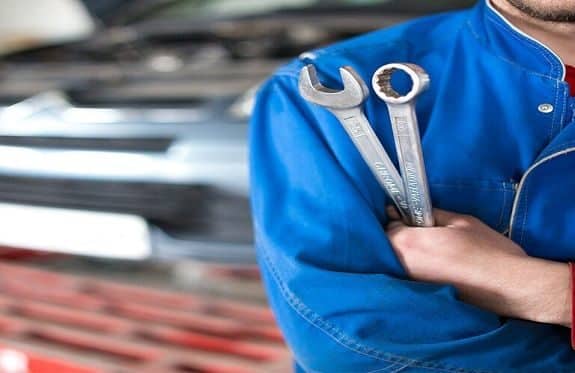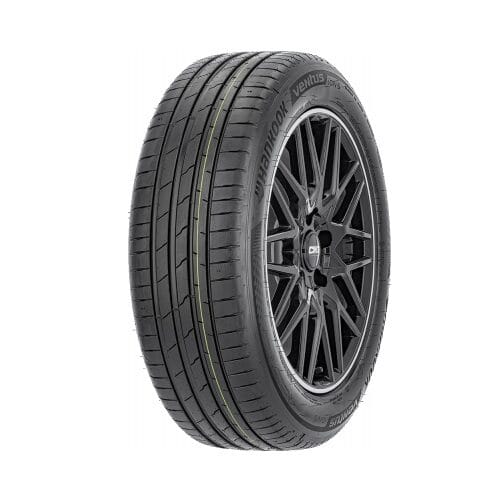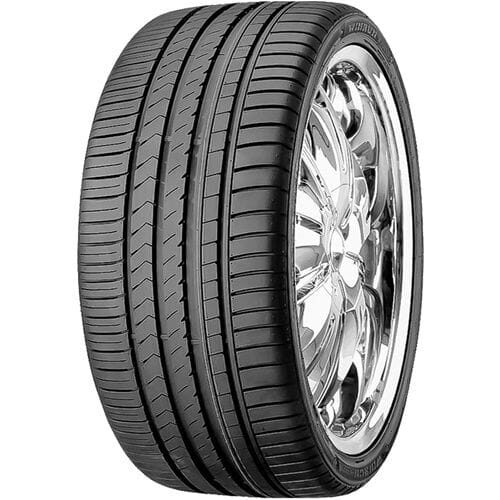OIL AND COOLANT LEVELS
Every month, or every few gas fill-ups and especially before any long road trips, it’s a good idea to get under the hood of your car and inspect both the oil and coolant levels while the engine is cool. Low levels of either can lead to engine problems if left unchecked. Refer to your owner’s manual to locate both on your specific vehicle.
AIR FILTER
Your engine’s air filter is what regulates the air that flows into your engine and helps keep out debris and particulate. By making certain that your air filter is flowing properly, you can improve your fuel efficiency, decrease your emissions, and help ensure the life of your engine. This can be done easily at home, so check your owner’s manual for instructions and how often it needs to be changed.
TIRE PRESSURE AND TREAD DEPTH
Since well-maintained tires are integral to a safe, fuel-efficient ride, make it a habit to visually inspect your tires often. Check the pressure in your tires every month, and before long trips or carrying extra load. Don’t forget the spare. A tire pressure gauge will be needed to check your car tire pressure. Also, during the colder months, note that tire pressure drops one pound with every 10 degrees decrease in pressure. Your owner’s manual will tell you how much air pressure your tire needs. You can check your tread depth using the tire depth gauge.
OIL & FILTER
The motor oil in your vehicle’s engine serves a whole slew of functions: it lubricates the moving parts, helps act as a sealant against debris, cools the engine, reduces wear and tear, and helps prevent engine corrosion. Keeping it clean is vital for good engine health. Depending on your car and what kind of oil you’re using, you may need to change both the oil & oil filter as much as every 6 months or 10000 Kms. Many newer vehicles’ owners’ manuals will recommend changing your oil less frequently – often in-between 5,000 and 10,000 Kms. Check your vehicle owner’s manual and consult with a professional to be certain what is appropriate for your vehicle.
ROTATE TIRES
Depending on your vehicle alignment, usage, and many other factors, the tread wear patterns on your tires may vary between the front and back tires, or even from one side of the tread to the other. Rotating your tyres will help to extend the service life of your tires by more evenly balancing the tread wear, and helping prevent noise and vibration problems.
Test the Lights
A broken or burnt-out bulb is a safety hazard and might get you a ticket. If a bulb is out, take your car to an expert to determine whether it’s the bulb or the fuse that needs replacing.
Headlights are key safety lights on your car. Consider taking a few extra steps to help keep them shining bright, such as cleaning the lenses and replacing bulbs as they start to dim.
Have Your Brakes Checked
Your car’s brake pads also require regular inspection. While driving, listen for any brake noise and pay attention to shuddering or vibrating from the brake pedal. If any concerns arise, consult or visit Galaxy Tyres and Oil as soon as possible.












Leave a Reply